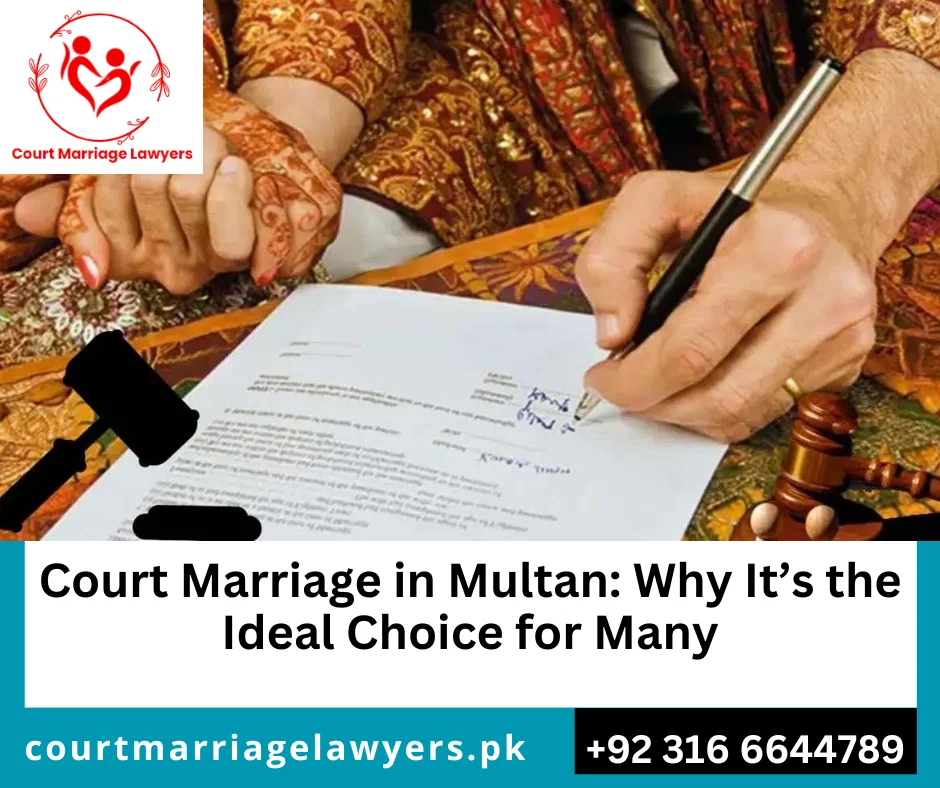Misyar Marriage/Nikah: Explained
“Misyar marriage,” a distinctive matrimonial agreement observed in select Muslim societies, carries a tapestry of cultural, legal, and societal nuances. Within the diverse fabric of the Muslim world, opinions on this unconventional practice vary significantly, reflecting the complex interplay of tradition, modernity, and regional diversity.
The Misyar Marriage/Nikah Tapestry Unraveled
In-Depth Exploration of Misyar Marriage Characteristics
While misyar marriage is characterized by spouses living separately and reduced financial obligations on the part of the husband, its intricacies go beyond the surface. This form of union often necessitates a renegotiation of societal norms and familial expectations, reflecting the evolving dynamics of contemporary Muslim relationships.
Dynamic Reasons Behind Opting for Misyar Marriage/Nikah
The decision to embark on a misyar marriage journey is multifaceted. Financial constraints, differing life goals, and unique circumstances compel couples to seek a form of union that offers flexibility while adhering to the principles of Islamic matrimony. Examining the driving factors provides insights into the diverse motivations behind choosing this unconventional path.
Probing the Controversy: Voices on Misyar Marriage/Nikah
Amplifying Critics’ Concerns
Critics of misyar marriage underscore potential vulnerabilities, particularly concerning the rights of women. The reduced financial support and independent living arrangements may, in their view, perpetuate gender imbalances and challenge the traditional structures that safeguard women within marital relationships.
Advocates’ Counterpoints
On the contrary, advocates argue that misyar marriage serves as a pragmatic solution for couples facing unique challenges. By embracing a form of union with diminished obligations, couples can navigate complex circumstances while maintaining adherence to Islamic principles. The debate between critics and advocates unveils the ongoing discourse shaping perceptions of misyar marriage.

Unveiling Regional Variances: Misyar Marriage/Nikah on a Global Stage
Regional Acceptance and Rejection
The acceptance and prevalence of misyar marriage vary across regions, unveiling a mosaic of cultural and societal norms. Some communities readily integrate this form of union into their social fabric, while others staunchly reject it, emphasizing the importance of understanding the regional nuances that influence matrimonial practices.
Cultural Impacts on Misyar Marriage Practices
The lens through which misyar marriage is viewed is heavily tinted by cultural factors. Cultural attitudes towards the role of women, familial expectations, and societal norms converge to shape the reception and acceptance of this unconventional marital arrangement.
Deciphering Legal Landscapes: Misyar Marriage/Nikah in the Eyes of the Law
Islamic Jurisprudence and Misyar Marriage
Misyar marriage operates within the realm of Islamic jurisprudence, but its universal acceptance remains elusive. Scholars grapple with questions of permissibility and ethical considerations, contributing to an ongoing dialogue within the broader Islamic legal framework.
Legal Recognition Across Jurisdictions
The legal standing of misyar marriages varies across jurisdictions. While some countries regulate and acknowledge such unions, others may not afford legal recognition to marriages characterized by reduced marital obligations. This divergence adds layers of complexity to the legal landscape of misyar marriage.
Impact on Societal Dynamics: Gender, Perception, and Change
Gender Dynamics in Misyar Marriages
The controversy surrounding misyar marriage often hinges on its potential impact on gender dynamics. Critics express concerns over potential imbalances, while advocates argue that this form of union allows for greater equity within the marriage.
Societal Perceptions and Evolving Norms
The broader societal perception of misyar marriage plays a pivotal role in its acceptance. Communities may view it as a pragmatic adaptation to evolving societal norms or as a departure from tradition, shaping the narrative surrounding this unique form of matrimony.

The Layers of Misyar Marriage/Nikah Unveiled
Unpacking Misyar Marriage Characteristics
While the fundamental characteristics of misyar marriage include spouses living separately and reduced financial obligations, a more profound exploration reveals a renegotiation of societal norms. The dynamics of this unique union challenge traditional expectations, prompting a closer examination of the evolving nature of contemporary Muslim relationships.
Motivations Behind Opting for Misyar Marriage
The decision to embark on a misyar marriage journey is influenced by an array of factors. Beyond financial constraints, couples may be driven by differing life goals or unique circumstances that demand a flexible approach to matrimony. A nuanced exploration of these motivations sheds light on the diverse reasons prompting individuals to choose this unconventional path.
Unraveling the Controversy: Perspectives on Misyar Marriage
Amplifying Critics’ Concerns
Critics of misyar marriage highlight potential vulnerabilities, particularly regarding women’s rights. The reduced financial support and independent living arrangements, they argue, may perpetuate gender imbalances and challenge traditional structures designed to safeguard women within marital relationships.
Advocates’ Counterarguments
Conversely, advocates assert that misyar marriage serves as a pragmatic solution for couples navigating unique challenges. By embracing a form of union with diminished obligations, couples can maneuver through complex circumstances while upholding Islamic principles. The ongoing debate between critics and advocates underscores the dynamic discourse shaping perceptions of misyar marriage.

Regional Perspectives: Misyar Marriage/Nikah Across the Globe
Acceptance and Rejection Across Regions
The acceptance and prevalence of misyar marriage exhibit significant regional disparities, reflecting a mosaic of cultural and societal norms. While some communities seamlessly integrate this form of union into their social fabric, others vehemently reject it, emphasizing the importance of understanding regional nuances that shape matrimonial practices.
Cultural Influences on Misyar Marriage Practices
The lens through which misyar marriage is viewed is heavily influenced by cultural factors. Attitudes toward the role of women, familial expectations, and societal norms converge to shape the reception and acceptance of this unconventional marital arrangement. A deeper exploration of these cultural influences unveils the rich diversity in how misyar marriage is perceived.
Legal Perspectives: Misyar Marriage in the Eyes of the Law
Islamic Jurisprudence and Misyar Marriage
Misyar marriage operates within the realm of Islamic jurisprudence, yet its universal acceptance remains elusive. Scholars grapple with questions of permissibility and ethical considerations, contributing to an ongoing dialogue within the broader Islamic legal framework.
Legal Recognition Across Jurisdictions
The legal standing of misyar marriages varies across jurisdictions. While some countries regulate and acknowledge such unions, others may not grant legal recognition to marriages characterized by reduced marital obligations. This divergence adds layers of complexity to the legal landscape surrounding misyar marriage.
Societal Dynamics: Gender, Perception, and Evolution
Gender Dynamics in Misyar Marriages
The controversy surrounding misyar marriage often centers on its potential impact on gender dynamics. Critics express concerns over potential imbalances, while advocates argue that this form of union allows for greater equity within the marriage. Exploring the intricate interplay of gender dynamics within misyar marriages reveals a nuanced narrative.
Societal Perceptions and Evolving Norms
The broader societal perception of misyar marriage plays a pivotal role in its acceptance. Communities may view it as a pragmatic adaptation to evolving societal norms or as a departure from tradition, shaping the narrative surrounding this unique form of matrimony. An in-depth examination of societal attitudes unveils the complex interplay between tradition and modernity.
Misyar Marriage as a Dynamic Element in Muslim Relationships
In conclusion, the exploration of misyar marriage reveals a dynamic and multifaceted phenomenon within Muslim communities. As the narrative continues to unfold, a comprehensive understanding of its characteristics, controversies, regional variations, legal implications, and societal impacts enriches our comprehension of this unique form of union. Positioned at the intersection of tradition and modernity, misyar marriage stands as a testament to the evolving dynamics of marital relationships in the contemporary Muslim world, where each layer unraveled adds depth to the intricate tapestry of cultural and societal dynamics.










 in Pakistan
in Pakistan